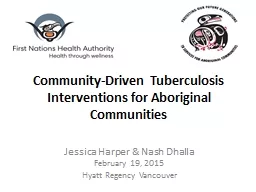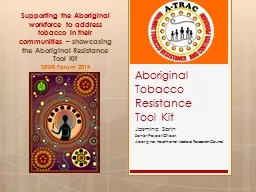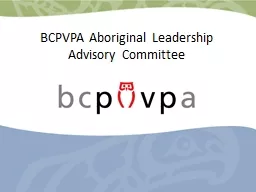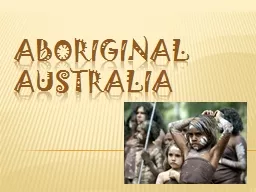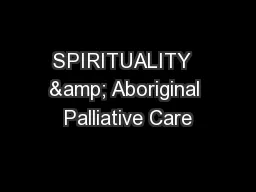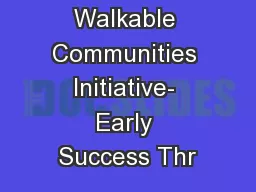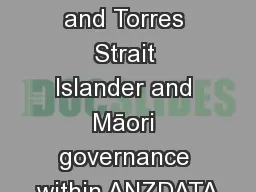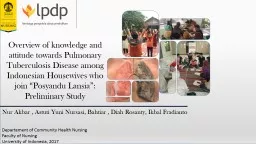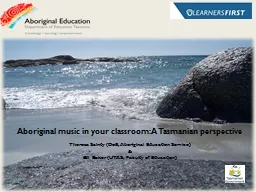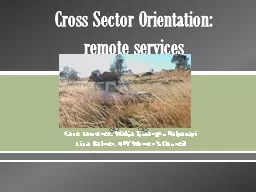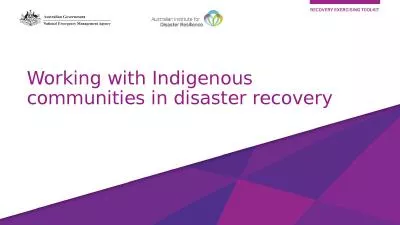PPT-Community-Driven Tuberculosis Interventions for Aboriginal Communities
Author : vizettan | Published Date : 2020-06-17
Jessica Harper amp Nash Dhalla February 19 2015 Hyatt Regency Vancouver Conflict of Interest Neither presenter Nash Dhalla RN BScN or Jessica Harper RN BScN
Presentation Embed Code
Download Presentation
Download Presentation The PPT/PDF document "Community-Driven Tuberculosis Interventi..." is the property of its rightful owner. Permission is granted to download and print the materials on this website for personal, non-commercial use only, and to display it on your personal computer provided you do not modify the materials and that you retain all copyright notices contained in the materials. By downloading content from our website, you accept the terms of this agreement.
Community-Driven Tuberculosis Interventions for Aboriginal Communities: Transcript
Download Rules Of Document
"Community-Driven Tuberculosis Interventions for Aboriginal Communities"The content belongs to its owner. You may download and print it for personal use, without modification, and keep all copyright notices. By downloading, you agree to these terms.
Related Documents

